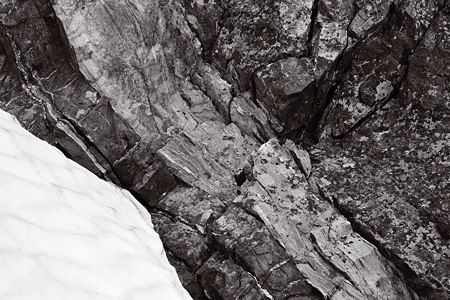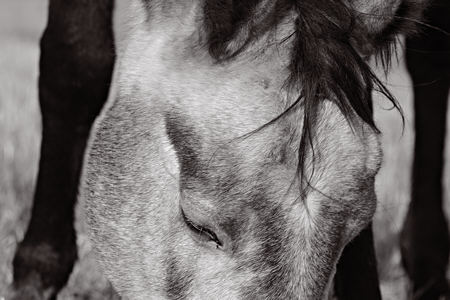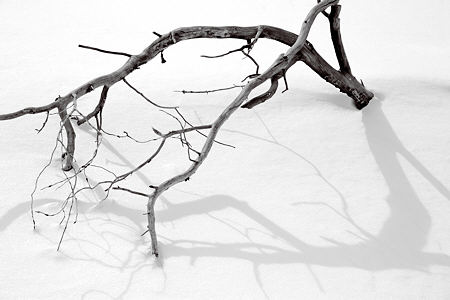Posted by Steve Durbin on August 19th, 2008
To judge from the talks at the opening of a current group exhibit, it is a truth universally acknowledged that a landscape artist working in Montana must deal in some way with the huge volume of imagery and the stereotypical impressions people have of this state. When it comes to notions of what art should be, there may not be much difference between residents and visitors. The standard expectations seem to be of monumental mountainscapes, majestic mammals, or cowboy kitsch.
As a photographer working in black and white–already outside the norm–I am, depending on the photograph, taken to be either just like Ansel Adams or not at all like him. And after that it’s digital or film and do I manipulate the images?
Don’t get me wrong. The questions are not only valid, they’re important ones that I’ve grappled with in my work, as have many others. And I actually enjoy responding to them if I’m talking to someone interested and open-minded. Still, it’s extraordinarily refreshing to discuss with someone free of the usual preconceptions.
Montana and landscape are hardly unique in this regard. What do you have to deal with, either in creating or presenting your art? Is it generally a good or a bad experience for you?
Posted by Steve Durbin on August 12th, 2008
We’ve often discussed the effect of perceptual structures and habits on ones experiencing of art. Recently, via my favorite general blog 3quarksdaily, I came across a nice formulation of a common theme: that we are blind to the usual. In an essay on Kafka, P. D. Smith quotes the Russian Victor Shklovsky (in “Art as Technique”, 1917) on the concept translated as defamiliarization:
… art exists that one may recover the sensation of life; it exists to make one feel things, to make the stone stony. The purpose of art is to impart the sensation of things as they are perceived and not as they are known. The technique of art is to make objects ‘unfamiliar’, to make forms difficult, to increase the difficulty and length of perception because the process of perception is an aesthetic end in itself and must be prolonged.
more… »
Posted by Steve Durbin on August 3rd, 2008
June wrote recently about the story we tell of our personal history in art. On a smaller scale, there’s the story of a particular idea or even a single piece. There may not be a coherent tale in most cases, but it happens that there is (or I think there is) in the case of several photographs I made a few days ago.
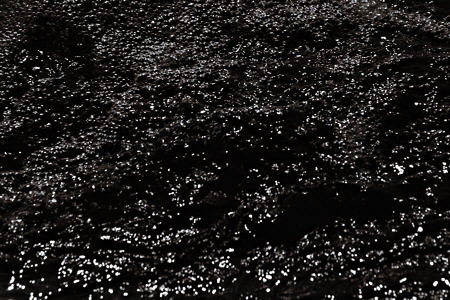
more… »
Posted by Steve Durbin on July 1st, 2008
I recently noticed that I was making some images that had a reversed figure/ground relationship, in terms of lightness. That is, the main subject was light with a darker surrounding, rather than the more common dark with a lighter surrounding. For example, compare the first picture with the one below it, which I showed last week.
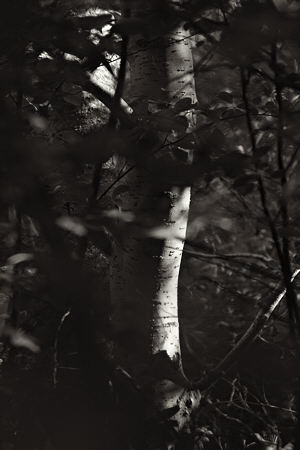
more… »
Posted by Steve Durbin on June 24th, 2008
As mentioned last week, I’ve been re-examining my photography in terms of some ideas from Japanese aesthetics. In practical terms, that means I’ve been going out and looking differently at subjects. For example, I’ve tried to be more aware of views involving negative space along Sourdough Trail, my main project of the moment.
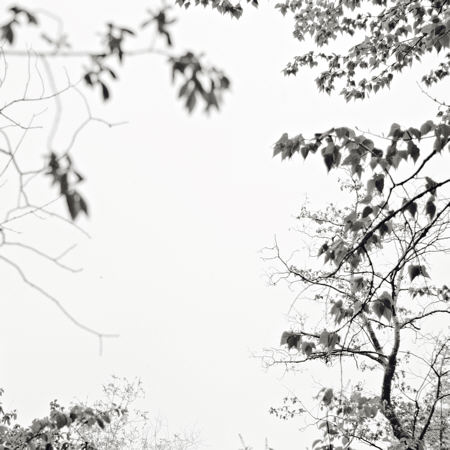
more… »
Posted by Steve Durbin on June 17th, 2008
Old musings on recent photography have led to the resurrection of a completely different series I thought I’d given up on. Just last week I deleted a draft from March that I had started in excitement, but never finished because I couldn’t make the pictures work.
The thoughts were on Japanese aesthetics, and the abandoned series was a rather minimalistic one, captured in all of 15 minutes near the start of a Yellowstone outing during which I later busted my aging ski gear, cutting the trip short (I managed to limp out with frequent falls, discovering in the process that it’s not easy getting up from soft, deep snow when your skis are higher than you are).
more… »
Posted by Angela Ferreira on June 15th, 2008

Looking back through the years, I do not remember when I started painting with oils and watercolors… maybe I was about 13. To be honest mostly of I know today has come from my own experiences of try and error.
To me, making a painting was never an issue but something that happens naturally with whatever materials come to my hands. Oils are my favorites, but recently I’ve been painting in a very quick method and found out that a mixture of acrylics, oils, glitter and others mediums work better for my new style.
In the past 3 years I decided to do a Fine Art degree as a nice “add on” to my previous qualifications. To my disappointment, I have learn nothing new but of a chaotic, hypocrite and delusional world from the Art teachers.
If you an artist with already some success and experience I recommend you to aim higher and not to go back to an educational institution. You see, despite your good intentions you setting yourself back and giving your own murder sentence to the chances of being ‘stepped on’ and muffled by the tutors, who also called themselves artists. You must have no previous artistic experience because no matter how you try to please and befriend this so called “artist teachers” you will always be seen as a threat rather than a student.
Unfortunately we live in a world that demands all this qualifications to be taken seriously. I have learned from my own mistakes, maybe because I was a bit naïve, full of dreams and hopes that a new qualification would push my career further, but realize that I brought this to myself to the point I had nothing but verbal abuse, bullying, harassment, intimidation and discrimination from lecturers. In the end I felt from as high I dreamed and have gain nothing but a new pretty BA words in my cv and an awful demoralizing experience I must rather forget!

More new painting in my redesigned website www.magicpaintings.com
